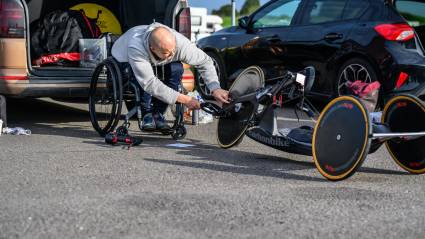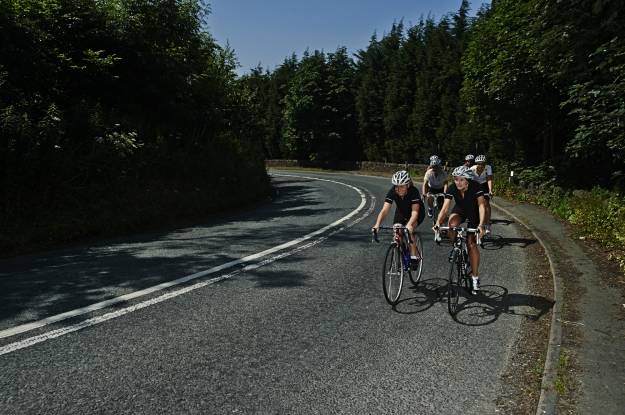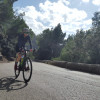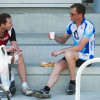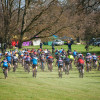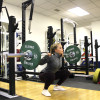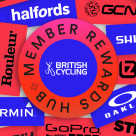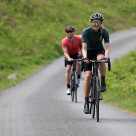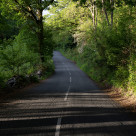Heat exhaustion and the far more serious heat stroke shouldn’t be an issue if you ride sensibly in the heat and take precautions but, with gruelling events often pushing riders close to their limits, it’s important to be aware of the symptoms and treatments. Riders who are starting to suffer are often unaware and so it's best to keep an eye on each other.
Heat exhaustion results from a decrease in blood pressure and blood volume. This is due to the loss of fluids and electrolytes when exposed to the heat for a prolonged period of time.
As well as general fatigue, symptoms include, feeling sick, faint and heavy sweating. The skin will be flushed and hot to the touch, heart rate elevated and the rider may also complain of feeling dizzy and appear confused.
Any rider displaying these symptoms should stop cycling immediately and find somewhere cool out of the sun. They should be given fluids to sip, ideally water or a sports drink, and may be cooled with a wet flannel of light spraying with cool but not cold water. They should recover within 30 minutes but, if they are still displaying symptoms after this time, contact the emergency services.
If the symptoms of heat exhaustion are ignored and the rider continues to push themselves, exertional heat stroke, where the body temperature rises to dangerous levels, can occur.
Heavy sweating will suddenly stop, the riders skin will feel cold and clammy and they may complain of feeling cold despite the heat. Heart rate and breathing will be significantly increased and they may also be suffering from muscle cramps.
They may vomit, complain of having a headache and be confused and disorientated. In severe cases, fitting and a loss of consciousness may occur.
The priorities are to get the rider out of the sun and to contact the emergency services. While waiting for them to arrive, if conscious, the rider should be given fluids to sip and can also be cooled with a damp flannel or spraying. Avoid complete immersion in cool water and do not give any form of medication. If fitting, remove nearby objects and do your best to avoid them hurting themselves. If unconscious, place them into the recovery position.



